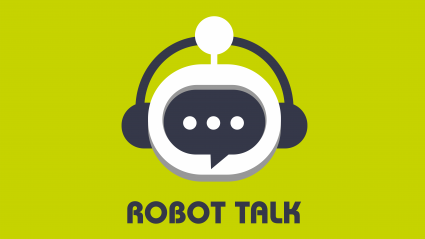Introducing the Frontier Safety Framework
Our approach to analyzing and mitigating future risks posed by advanced AI models

Claire chatted to Margarita Chli from the University of Cyprus all about vision, navigation, and small aerial drones.
Margarita Chli is a professor of Robotic Vision and the director of the Vision for Robotics Lab, at the University of Cyprus and ETH Zurich. Her work has contributed to the first vision-based autonomous flight of a small drone and the first demonstration of collaborative monocular SLAM for a small swarm of drones. Margarita has given invited keynotes at the World Economic Forum in Davos, TEDx, and ICRA, and she was featured in Robohub’s 2016 list of “25 women in Robotics you need to know about”. In 2023, she won the ERC Consolidator Grant to research advanced robotic perception.